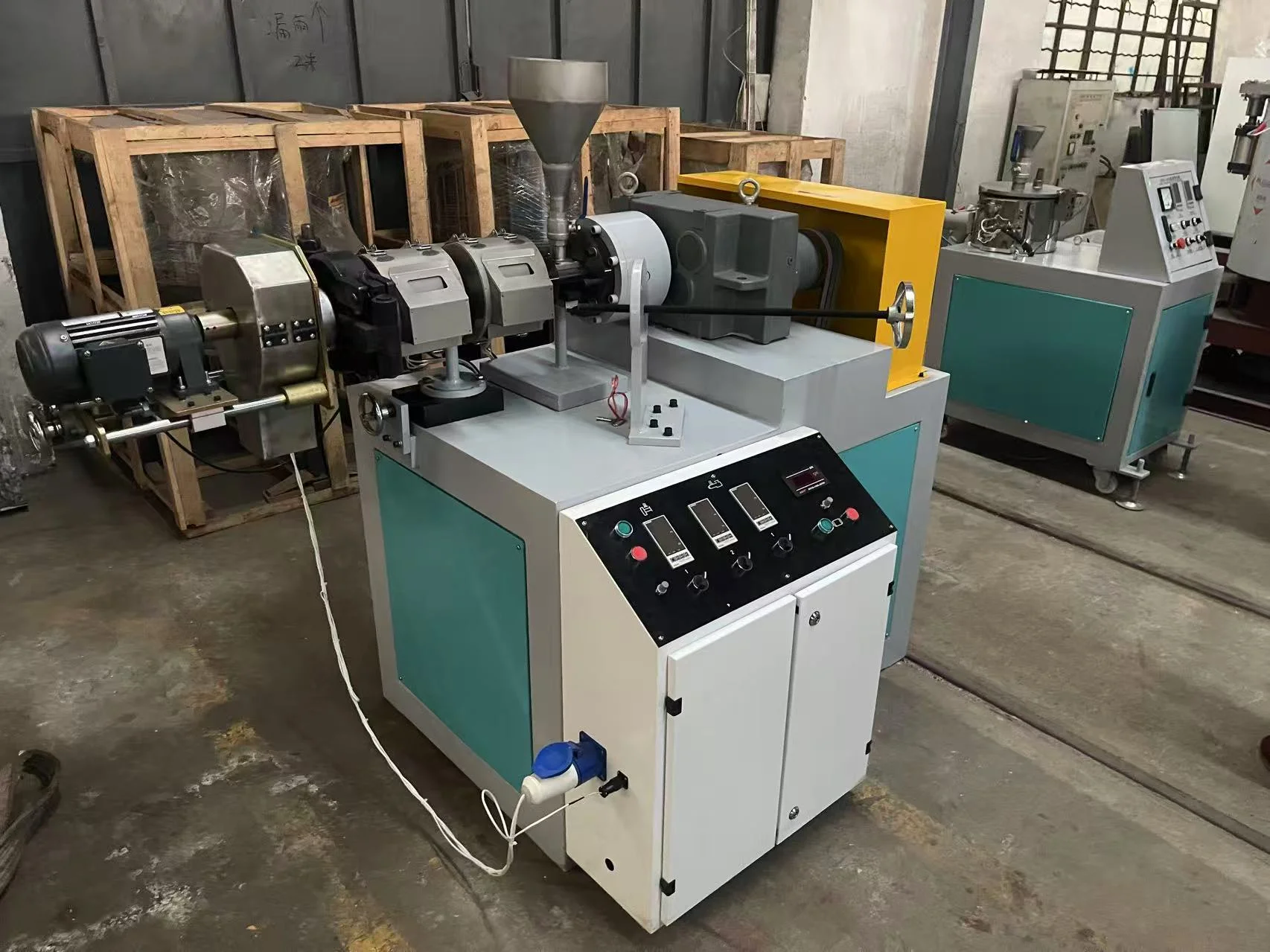When it comes to diamonds, size often captures the imagination, but the value of a diamond—especially one weighing 100 carats—extends far beyond mere carat weight. Understanding the worth of such a colossal gem requires a nuanced exploration of various factors, including quality, rarity, market demand, and the intricacies of the diamond industry itself. In this article, we will delve into the multifaceted aspects that contribute to the valuation of a 100-carat diamond, providing a comprehensive guide for enthusiasts, collectors, and investors alike.
The Four Cs: A Foundation for Valuation
To accurately assess the worth of a diamond, one must first consider the Four Cs: Carat, Cut, Color, and Clarity. While carat weight is the most straightforward metric, the other three Cs play a crucial role in determining a diamond's overall quality and, consequently, its market value.
- Carat: A 100-carat diamond is extraordinarily rare. For context, a diamond of this size is often considered a collector's piece rather than a typical engagement ring. The rarity alone can significantly inflate its value.
- Cut: The cut of a diamond affects its brilliance and sparkle. A well-cut diamond reflects light beautifully, enhancing its visual appeal. For a 100-carat diamond, an exceptional cut can elevate its worth exponentially, while a poor cut can diminish its value, regardless of size.
- Color: Diamonds are graded on a color scale from D (colorless) to Z (light yellow or brown). A colorless diamond, especially in larger sizes, is exceedingly rare and commands a premium price. A 100-carat diamond that is graded D or E could be worth millions more than one graded in the lower color ranges.
- Clarity: Clarity refers to the presence of inclusions or blemishes within the diamond. Higher clarity grades (Flawless to Internally Flawless) can dramatically increase a diamond's value. A 100-carat diamond with high clarity is a true marvel and can fetch astronomical prices.
Market Dynamics: Demand and Rarity
The diamond market is influenced by supply and demand dynamics. A 100-carat diamond is not just a large stone; it is a rare artifact that appeals to a niche market of collectors and investors. The rarity of such diamonds means that when they do come to market, they often attract significant attention, leading to competitive bidding and potentially skyrocketing prices.
In recent years, the luxury market has seen a surge in demand for unique and rare gemstones. High-net-worth individuals and collectors are increasingly seeking out exceptional pieces, which can drive prices higher. Additionally, the provenance of a diamond—its history, previous ownership, and any notable characteristics—can also impact its value. Diamonds with a storied past or those that have been featured in high-profile auctions often command higher prices.
Pricing Estimates: What to Expect
While it is challenging to provide a precise valuation for a 100-carat diamond without specific details, industry estimates suggest that such a diamond could range from several million to tens of millions of dollars. For instance, a 100-carat diamond with excellent cut, color, and clarity could easily exceed $10 million. Conversely, a diamond with lower quality attributes might be valued at a fraction of that amount.
To illustrate, the Blue Moon Diamond, a 12.03-carat blue diamond, sold for $48.4 million in 2015, setting a record for the highest price per carat for a diamond sold at auction. Extrapolating this to a 100-carat diamond, one could speculate that a similarly exceptional stone could command a price in the hundreds of millions, depending on its unique characteristics.
Conclusion: The Intricacies of Valuation
Determining the worth of a 100-carat diamond is a complex endeavor that requires a deep understanding of the Four Cs, market dynamics, and the unique attributes of the diamond in question. As the luxury market continues to evolve, the demand for rare and exceptional diamonds is likely to grow, further complicating the valuation process.







+ There are no comments
Add yours